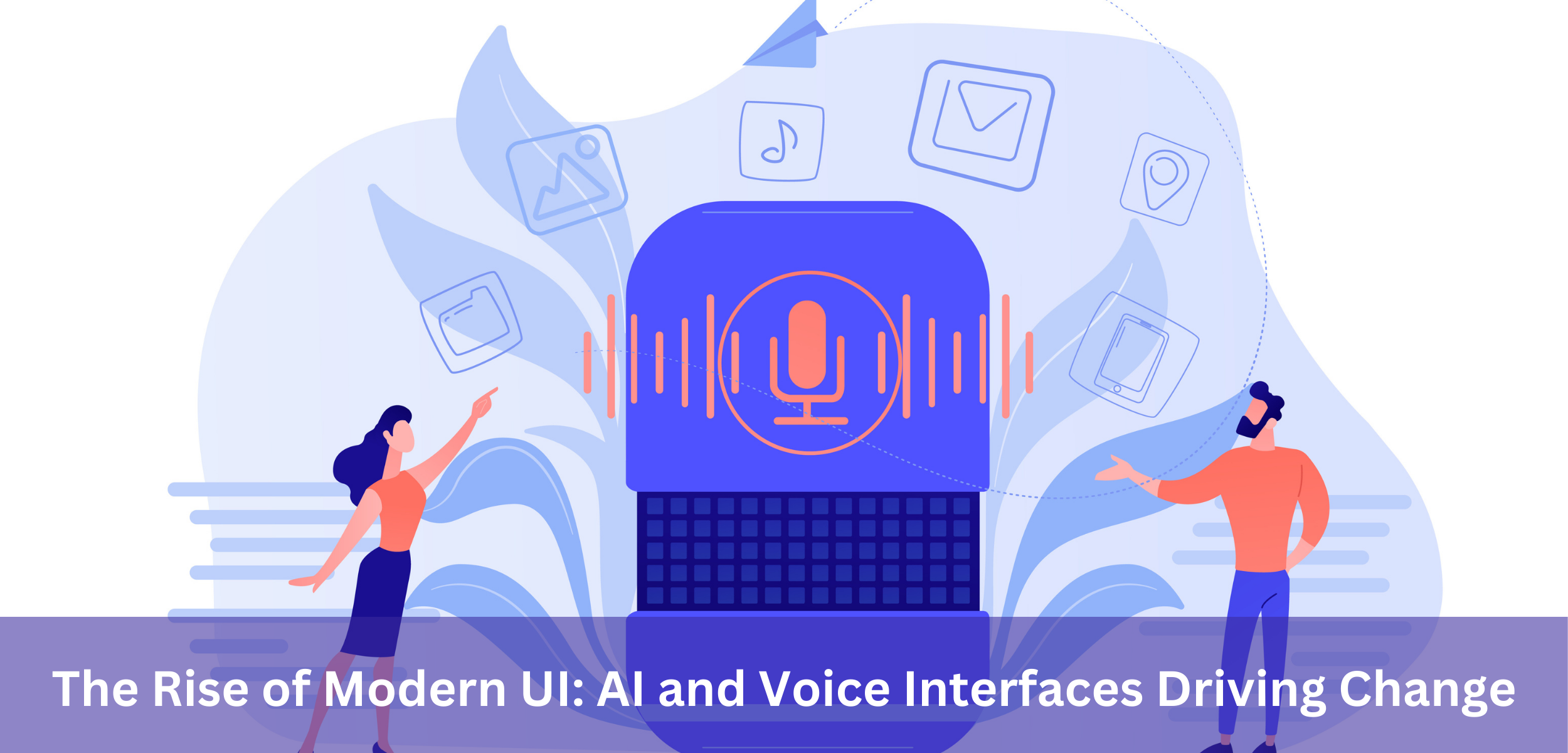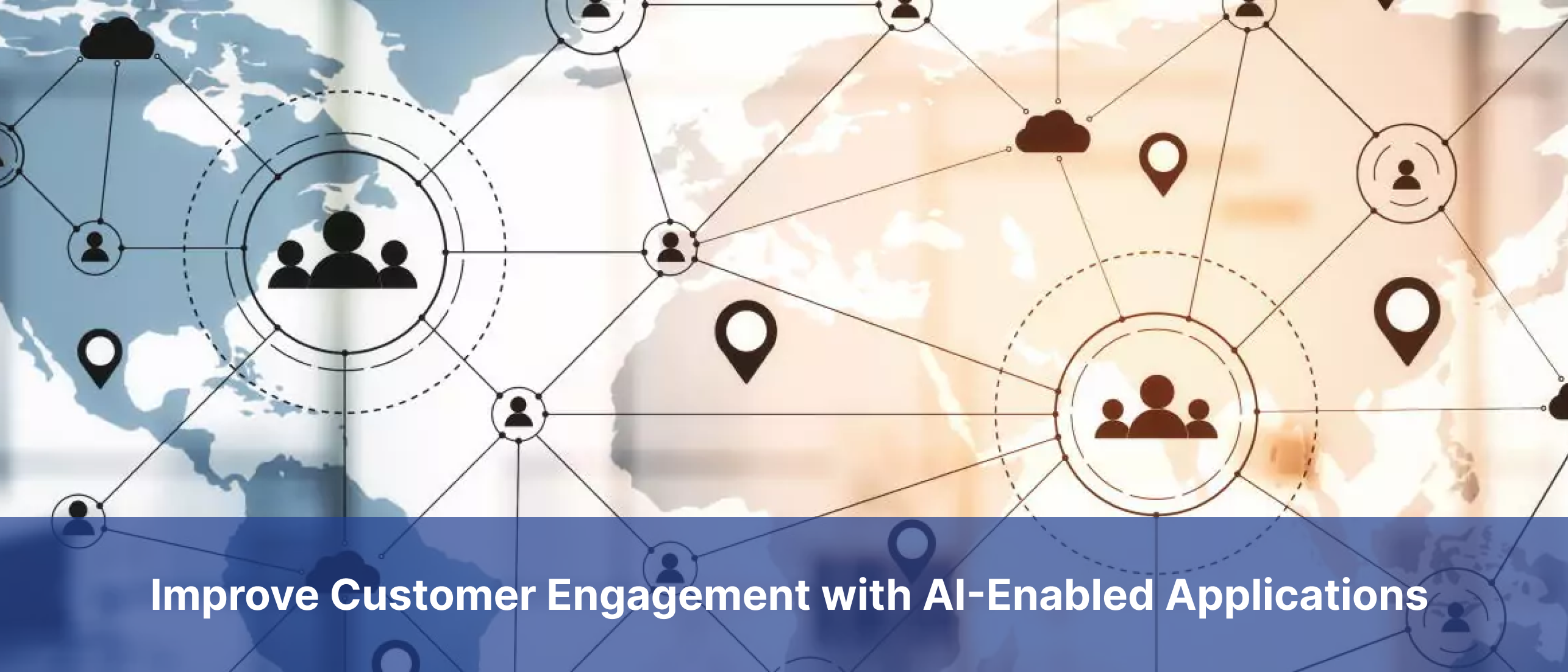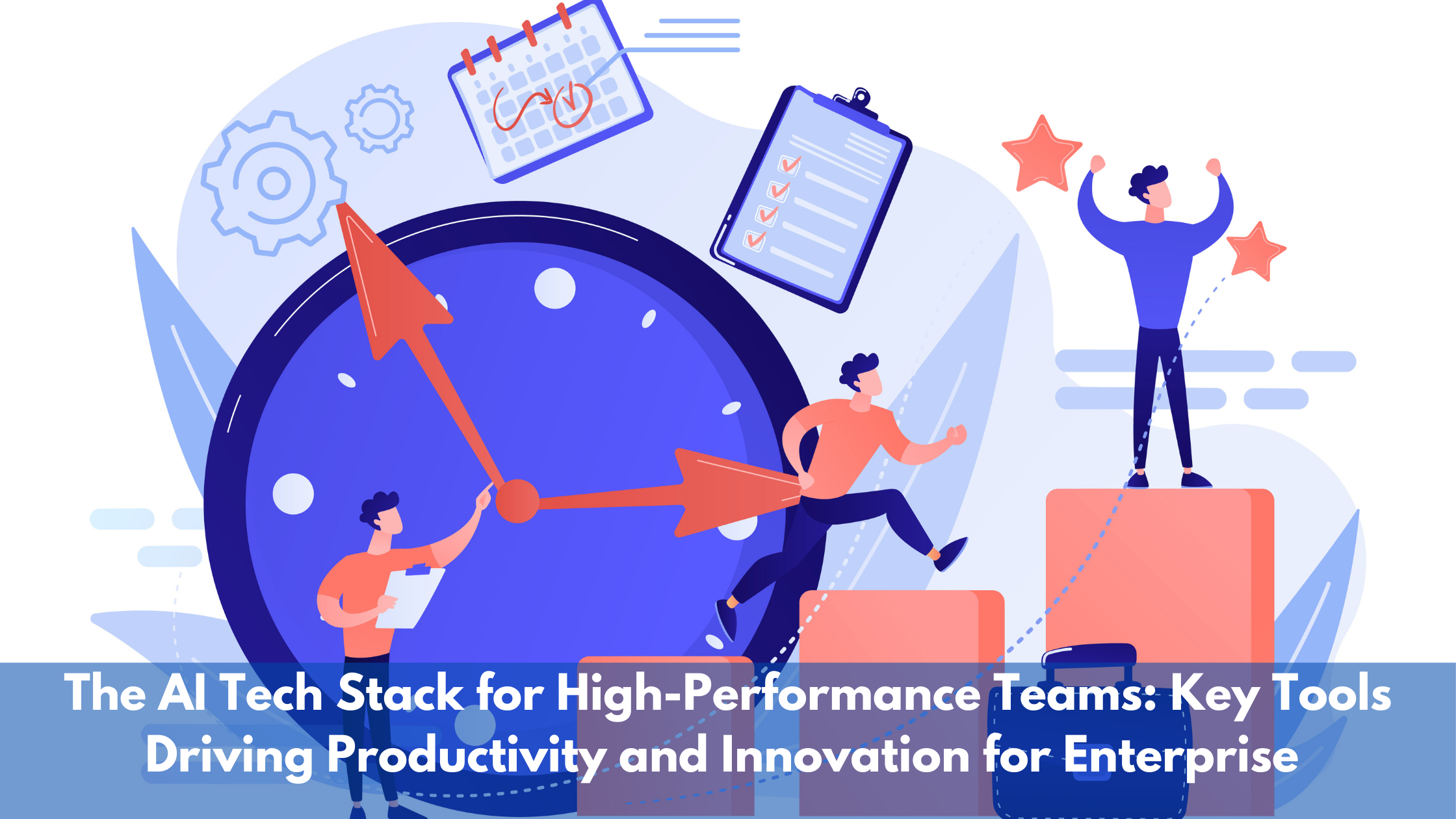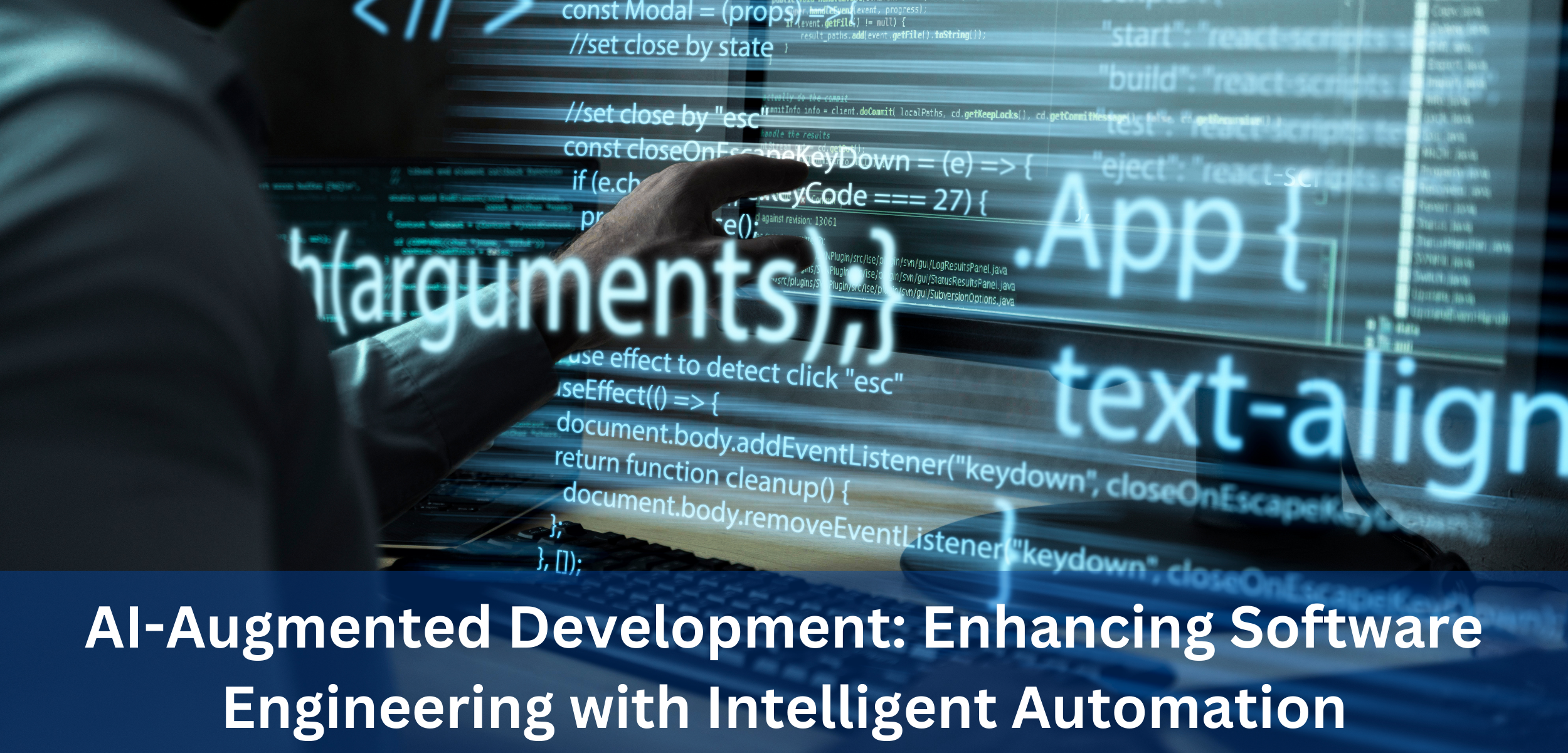User interfaces (UI) have come a long way—from command-line interactions to graphical interfaces filled with buttons, icons, and menus. However, the next wave of transformation is already here: AI-powered voice interfaces. With advancements in natural language processing (NLP) and speech recognition, users can now interact with devices and software in a more natural, intuitive way.
As voice technology matures, traditional UI elements like touchscreens and keyboards are becoming less essential. Businesses across industries are rapidly integrating AI-driven voice interfaces to streamline operations, enhance accessibility, and provide hands-free convenience.
PwC estimates that AI will contribute $15.7 trillion to global GDP by 2030, with much of this value stemming from enhanced technological interactions (Source: PwC)
Why Traditional UI is Losing Relevance
For decades, traditional UI—whether web-based, mobile, or desktop—has relied on structured menus, graphical elements, and manual inputs. While effective, it comes with several challenges:
1. Cognitive Load
Traditional interfaces require users to learn how to navigate menus, remember button placements, and understand workflows. This cognitive effort can be overwhelming, especially for non-tech-savvy users.
2. Accessibility Barriers
People with disabilities, particularly those with vision impairments or mobility restrictions, often struggle with traditional UI. Voice interfaces remove these barriers, allowing for seamless interaction without relying on touch or sight.
3. Time-Consuming Interactions
Manual inputs, multiple clicks, and navigating through various screens slow down user experiences. Voice AI eliminates these steps, enabling users to complete tasks with simple spoken commands.
4. Limited Adaptability
Traditional UI operates within predefined workflows. In contrast, voice interfaces leverage AI to adapt to user preferences, understand context, and offer a personalized experience.
By overcoming these limitations, voice interfaces are becoming a more efficient and natural alternative.
Traditional UI is losing its foothold due to inherent constraints that clash with contemporary demands for speed and simplicity. Graphical interfaces require active user input and screen dependency, which can hinder efficiency in fast-paced environments. Forbes finds that 53% of marketing leaders now use AI for predictive analytics, moving away from complex dashboards to more agile systems (Source: Forbes).
How AI and Voice Interfaces are Driving The Change

According to Forbes 50% of U.S. mobile users engage with voice search daily, underscoring its integration into everyday routines (Sources: Forbes). In professional settings, voice enables seamless operations—clinicians can update records without breaking focus, and technicians can control equipment in real time. PwC adds that 89% of customers prefer brands offering voice AI support, highlighting its value in service delivery (Source: PwC). By eliminating the need for screens, voice interfaces challenge the relevance of traditional UI in an increasingly dynamic world.
AI-powered voice interfaces leverage several technologies to deliver seamless, human-like interactions:
Key Technologies Behind Voice UI:
- Natural Language Processing (NLP): Enables AI to understand and process human speech.
- Speech Recognition: Converts spoken words into text and interprets intent.
- Machine Learning & AI: Allows the system to learn from user interactions and improve over time.
- Conversational AI: Enables dynamic, real-time conversations rather than static command-based interactions.
Unlike traditional UI, which requires users to adjust to rigid design structures, AI-driven voice interfaces adapt to users, making interactions more natural and efficient.
How Industries Are Adopting Voice Interfaces
Various industries are integrating voice AI to enhance operations, customer experience, and accessibility. Here's how voice technology is transforming different sectors:
1. Retail & E-Commerce
- Before: Customers searched for products using text-based queries on websites and apps.
- Now: AI-driven voice assistants help users find products, compare prices, and place orders through natural conversation.
- Example: Amazon’s Alexa allows users to reorder products and track shipments via voice commands.
- Impact: Increased convenience, improved user engagement, and faster transactions.
- Before: Patients called hospitals to schedule appointments, and doctors manually recorded notes.
- Now: Voice AI enables hands-free appointment booking, symptom analysis, and medical transcriptions.
- Example: Nuance Dragon Medical uses AI-powered voice recognition to assist doctors in documenting patient records in real-time.
- Impact: Reduced administrative burden, improved accuracy, and enhanced patient care.
- Before: Drivers relied on physical buttons, dials, or touchscreen controls.
- Now: AI-powered voice assistants control navigation, music, and car settings hands-free.
- Example: BMW’s Intelligent Personal Assistant allows drivers to adjust climate settings, check vehicle diagnostics, and find directions using voice commands.
- Impact: Safer driving experience and enhanced convenience.
- Before: Customers used mobile apps or visited branches for transactions.
- Now: AI-driven voice bots assist with balance inquiries, fund transfers, and fraud detection.
- Example: Bank of America’s "Erica" provides voice-guided banking services, helping users with financial insights, payments, and account management.
- Impact: Increased customer engagement and improved financial management.
- Before: Users controlled devices via smartphone apps or physical buttons.
- Now: Voice assistants integrate with smart home devices, allowing users to control lighting, security, and appliances with voice commands.
- Example: Google Assistant and Amazon Echo enable seamless voice-controlled automation for home environments.
- Impact: Enhanced convenience, energy efficiency, and home security.
Challenges in Adopting Voice AI
While voice interfaces offer significant advantages, they also present challenges:
- Privacy Concerns: Users are wary of always-on microphones and data collection. Businesses must ensure transparency and robust security measures.
- Accuracy Issues: AI still struggles with accents, dialects, and background noise, which can impact accuracy.
- Limited Context Understanding: Some voice assistants lack deep contextual awareness, leading to misinterpretations.
- User Adoption: Many users are still accustomed to traditional UI, requiring gradual adaptation to voice-first interfaces.
Addressing these challenges requires continuous improvements in AI models, better data security, and educating users about the benefits of voice AI.
The Future of Voice-First Experiences
The shift from traditional UI to AI-powered voice interfaces is not just a trend—it’s a fundamental change in how we interact with technology. Future advancements will further enhance voice AI’s capabilities:
Key Trends:
- Hyper-Personalization: AI will deliver more context-aware and user-specific interactions.
- Multimodal Interfaces: Integration of voice with gestures, eye tracking, and AR/VR will create richer experiences.
- Improved Speech Recognition: AI will refine its ability to understand different languages, accents, and speech patterns.
- Omnichannel Voice AI: Voice interfaces will seamlessly work across smartphones, smart TVs, vehicles, and IoT devices.
Ready to Integrate AI-Powered Voice Interfaces?
As businesses move toward AI-driven solutions, integrating voice interfaces can enhance user experience, improve efficiency, and open new opportunities.
Evermethod Inc specializes in developing AI-powered solutions tailored to modern business needs. Whether it’s voice-enabled applications, conversational AI, or seamless automation, we help businesses stay ahead in a voice-first world.
Contact Evermethod Inc today to explore AI-driven innovation for your business.
Get the latest!
Get actionable strategies to empower your business and market domination
.png?width=882&height=158&name=882x158%20(1).png)

.png/preview.png?t=1721195409615)

%2013.png)


